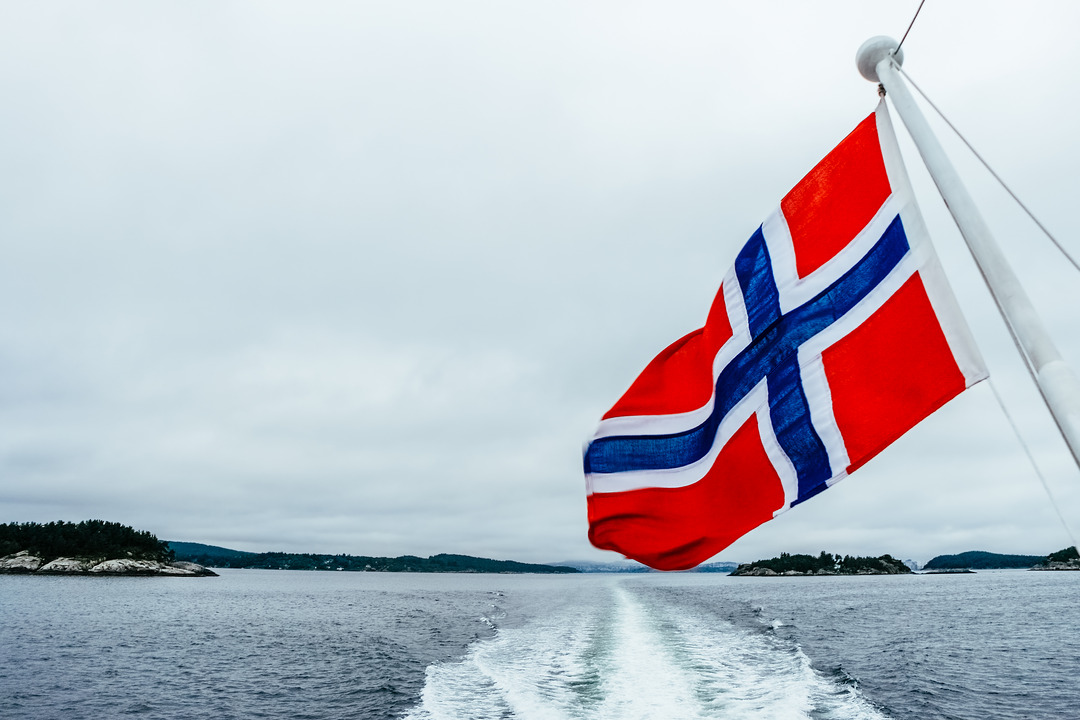Norway is enhancing its approach to refugee integration following a rise in arrivals, citing successful efforts with Ukrainian refugees as a model. The government has emphasized the need for simple and effective processes to support this growing population.
While measures introduced earlier in the year aimed to reduce the number of incoming refugees and maintain control, Norway continues to see high numbers of arrivals. Over the past three years, the country has resettled more than 75,000 refugees, with over 27% of working-age Ukrainians now employed.
To address the ongoing influx, the government has launched several initiatives, which have already shown positive results. Employment rates among working-age Ukrainians have risen by 11 percentage points since the beginning of the year.
Tonje Brenna, Norway’s Minister for Employment and Inclusion, stated that the legislative adjustments are designed to extend the successful integration strategies used with Ukrainian refugees to other groups. She highlighted that the key to integration lies in helping refugees learn Norwegian and secure stable employment.
“The most important step in integration is ensuring that those who come to Norway learn Norwegian and find work. To achieve this, we need a flexible and straightforward regulatory framework,” said Brenna, reinforcing the government’s commitment to effective integration policies.

